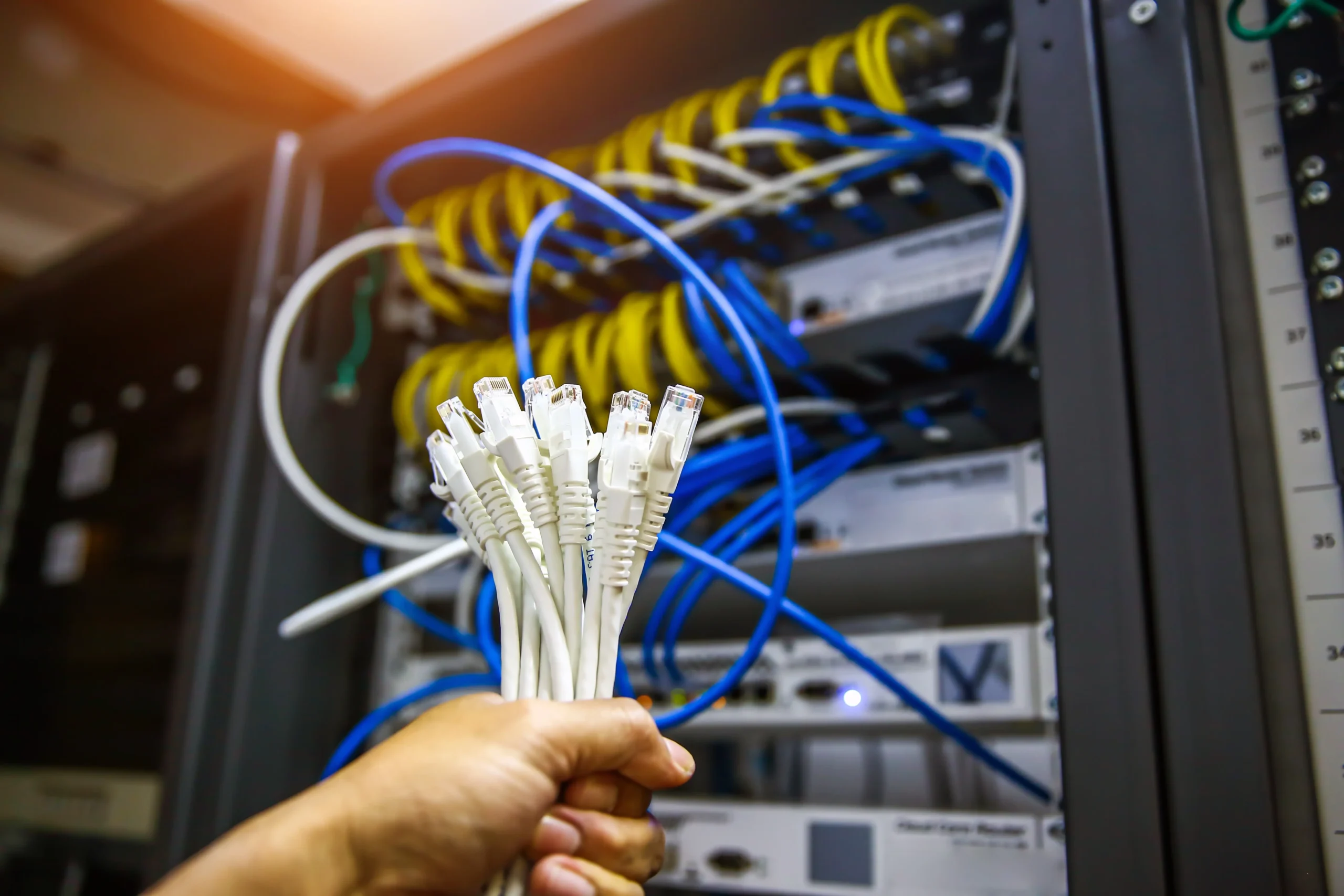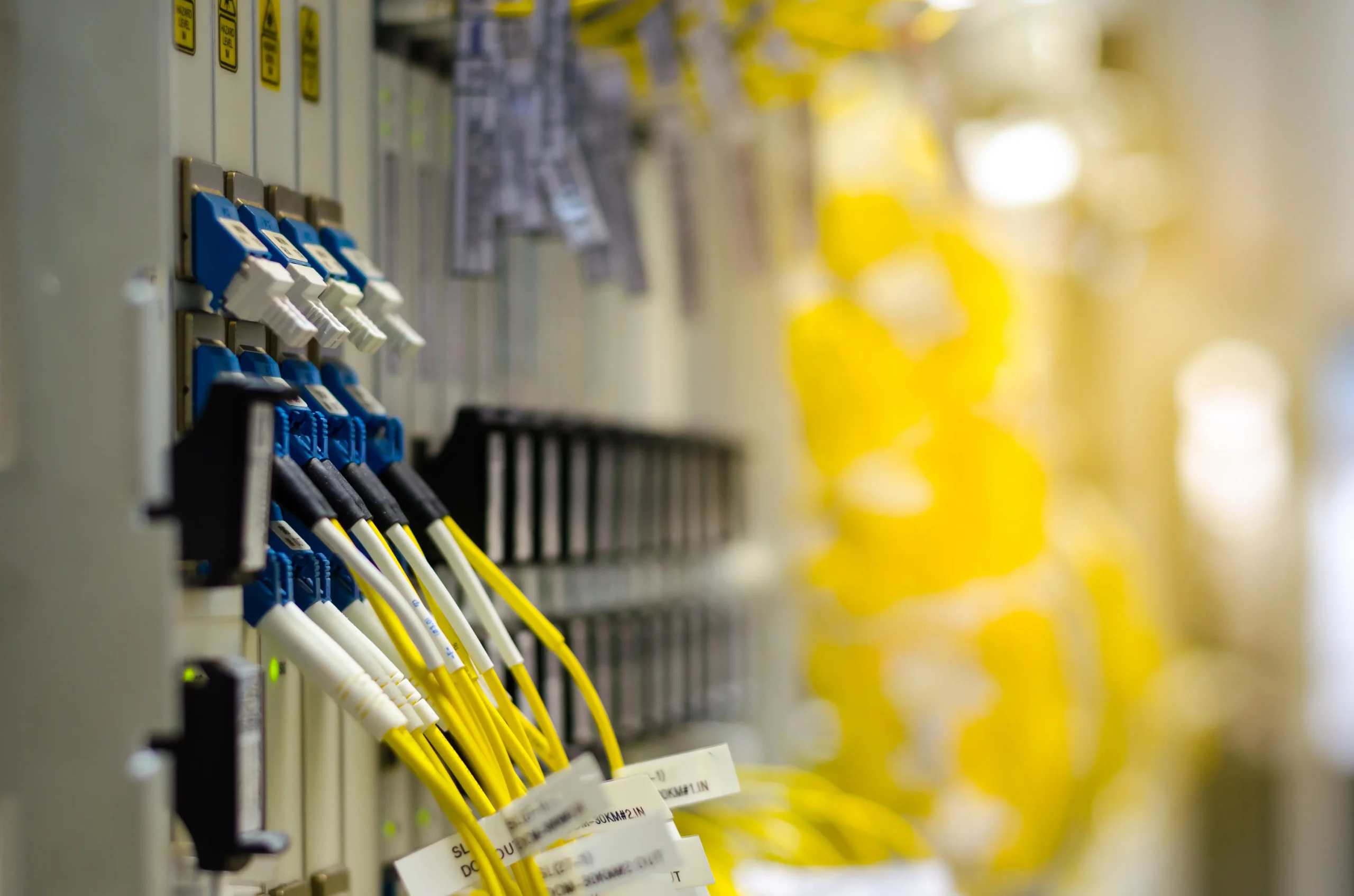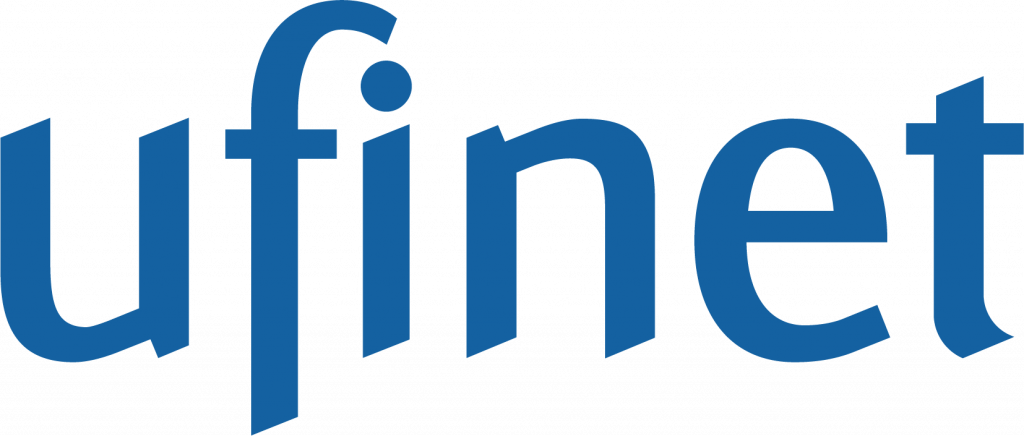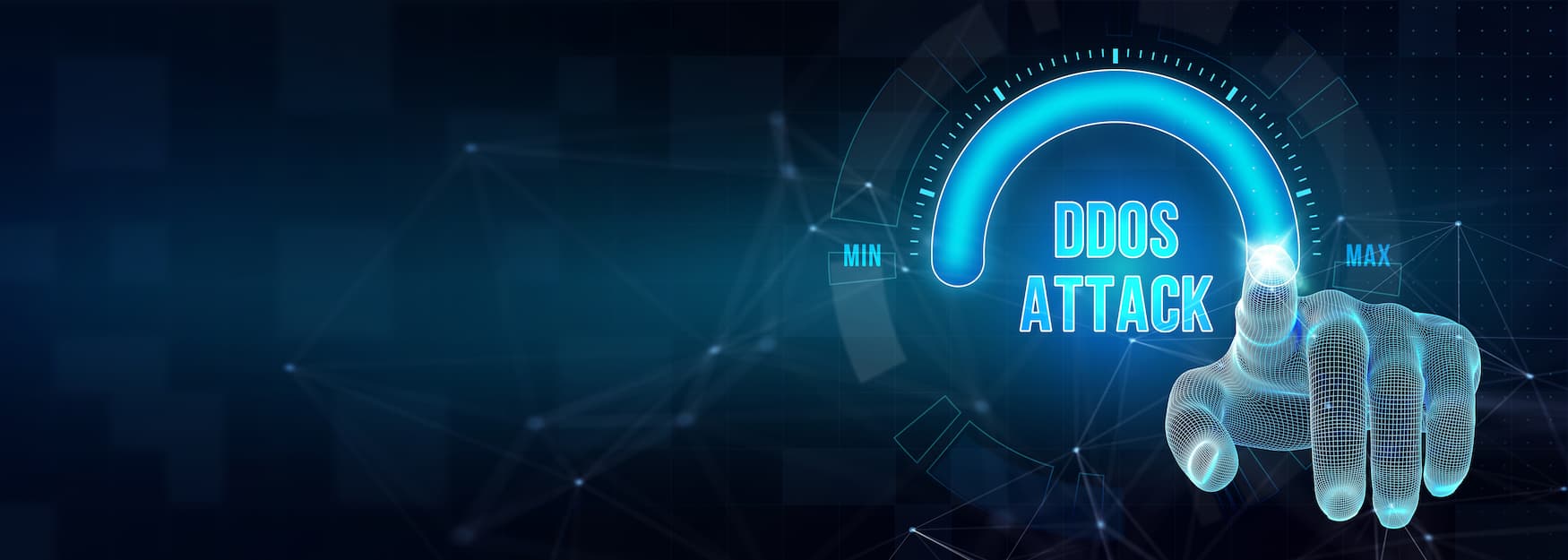In today’s digital age, global connectivity is more important than ever. The installation of internet infrastructure worldwide plays a crucial role in creating and maintaining this connectivity. And at the heart of this revolution is fiber optics. In this article, we explore how
Fiber optics as a cornerstone of the Internet infrastructure
Fiber optics has revolutionized the way we transmit data over long distances. Compared to traditional copper cables, optical fiber offers higher speed, capacity and reliability. Its ability to transmit data at the speed of light makes it the preferred choice for the installation of Internet infrastructure worldwide.
The installation of fiber optic networks has been instrumental in bringing high-speed connectivity to urban and rural areas alike. In developed countries, such as the United States and some European countries, significant investments have been made in the installation of fiber optics to meet the growing demand for bandwidth. However, in developing countries, fiber optic deployment can be more challenging due to financial and geographic constraints.
Benefits of Fiber Optics
Fiber optics offers a number of benefits compared to other means of data transmission. First, its ability to transmit data at extremely high data rates makes it ideal for high-bandwidth applications such as high-definition video streaming and high-speed Internet access.
In addition, optical fiber is highly resistant to electromagnetic interference and noise, ensuring reliable and secure data transmission. This makes it especially useful in industrial and commercial environments where error-free communication is required.
Fiber optic deployment worldwide
The deployment of fiber optic networks has been a fundamental aspect of the installation of Internet infrastructure worldwide. In recent years, there has been a significant increase in fiber optic deployment in all regions of the world. This is due in part to the growing demand for bandwidth and the need to improve connectivity in rural and remote areas.
In countries such as China and India, massive fiber optic installation projects have been carried out to provide high-speed Internet access to millions of people. These projects not only improve connectivity for citizens, but also drive economic and social growth by fostering innovation and entrepreneurship.

Challenges and barriers to fiber optic installation
Despite its many benefits, fiber optic installation can face a number of challenges and barriers. One of the biggest challenges is the cost associated with installing fiber optic cables , which can be significantly higher than traditional copper cables.
In addition, fiber optic installation can be more complicated and labor-intensive than other types of cables, especially in densely populated urban areas or difficult terrain. This may require coordination with local authorities and the acquisition of appropriate permits and licenses.
In addition, optical fiber requires less maintenance than copper cable, as it does not degrade over time and does not need to be replaced as frequently. This can result in significant savings in maintenance costs over the life of the network. Therefore, while optical fiber may require a higher initial investment, its long-term benefits in terms of performance and reliability may outweigh this additional cost.
Technological innovations and future trends
As we continue to move towards an increasingly interconnected world, fiber optic technology will continue to evolve and improve. Steady advances are being made in the transmission capacity and energy efficiency of fiber optics, which will bring high-speed connectivity to previously inaccessible locations. In addition, new applications of fiber optics are being explored in fields such as medicine, security and science.
One of the emerging trends in the installation of Internet infrastructure worldwide is the deployment of subway and submarine fiber optic networks. These networks are capable of transporting large volumes of data over long distances, making them ideal for connecting entire continents and facilitating global trade and communication.
Another important trend is the development of more efficient and cost-effective fiber optic technologies. Researchers are working on creating thinner, more flexible fiber optic cables that can be more easily installed in densely populated urban areas and harsh environments. In addition, advanced management and monitoring systems are being developed to ensure the integrity and performance of fiber optic networks at all times.
The installation of Internet infrastructure worldwide is fundamental to the creation of a globally connected digital society. At the heart of this revolution is fiber optics, which offers unparalleled speed, capacity and reliability compared to other means of data transmission. As we continue to move toward a world that is becoming more and more
interconnected, fiber optics will continue to play a crucial role in expanding and improving global connectivity. With its ability to transmit data at extremely high speeds and over long distances, fiber optics has transformed the way we communicate, work and live in the modern world.
It is important to recognize the socio-economic benefits of installing fiber optic-based Internet infrastructure , from boosting economic growth to improving people’s quality of life. However, we must also address the challenges and barriers that still exist in the deployment of this technology, such as high costs and logistical difficulties.
With the continued development of technological innovations and the commitment of governments, businesses and communities around the world, we can overcome these challenges and build a more robust, efficient and accessible Internet infrastructure for all. Fiber optics will continue to be the cornerstone of this infrastructure, driving global connectivity and opening up new opportunities for progress and innovation in the 21st century.
The installation of fiber-optic internet infrastructure worldwide is a crucial undertaking that is transforming the way we live and work in the digital age. With a focus on innovation, collaboration and equitable access, we can build a more connected and promising future for all.
Fiber optics has established itself as the backbone of connectivity in the digital age. Throughout this article, we have explored how the installation of Internet infrastructure worldwide has been driven by the massive deployment of fiber optic networks. From the most densely populated urban areas to the most remote regions, fiber optics has been key to meeting the growing demand for bandwidth and improving the quality of connectivity around the world.

One of the highlights of optical fiber is its ability to transmit data at incredibly high speeds over long distances, making it the preferred choice for the installation of Internet infrastructure. In addition, its resistance to electromagnetic interference and noise ensures reliable and secure data transmission, which is critical in a world increasingly dependent on digital connectivity.
Despite its many benefits, fiber optic installation is not without its challenges and barriers. The cost associated with installing fiber optic cables can be significantly higher than traditional copper cables, and installation can be more complicated in densely populated urban areas or difficult terrain. However, with the continued development of technologies and the commitment of governments and companies around the world, these challenges can be overcome.
Looking ahead, fiber optics will continue to play a crucial role in expanding and improving global connectivity. With the development of technological innovations such as thinner and more flexible cables, as well as advanced management and monitoring systems, fiber optics will continue to be the cornerstone of the global Internet infrastructure.
Fiber optics is a transformative technology that is driving global connectivity in the digital age. With its ability to transmit data quickly, reliably and efficiently, fiber optics is paving the way to a more connected and accessible future for all.



